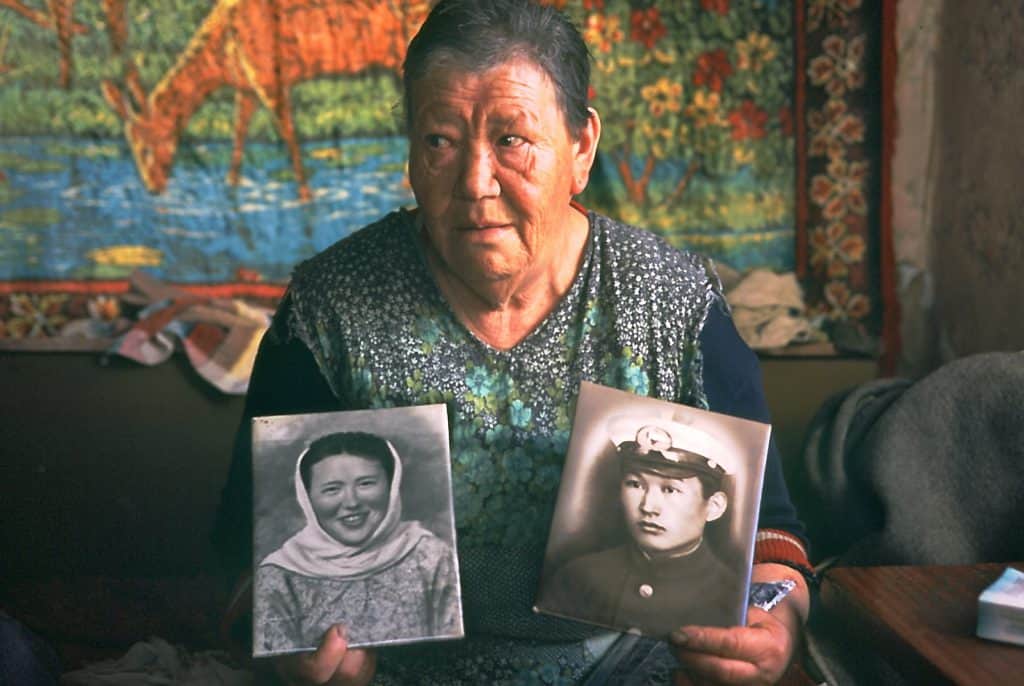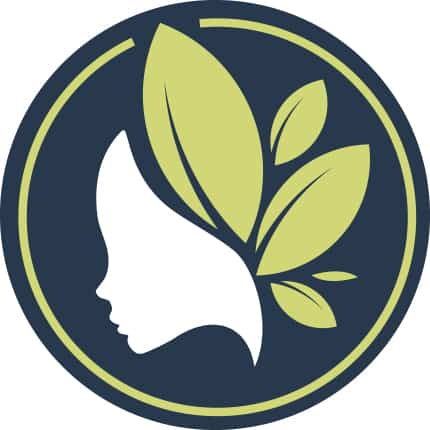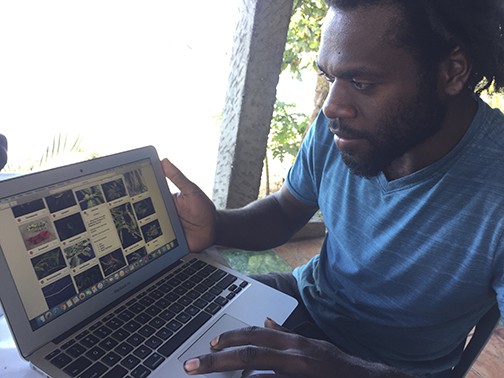

K. David Harrison on Environmental Linguistics

This is the first of an ongoing series of articles that Language Magazine will be publishing to call attention to the importance of connections between language and environment
A walk in the forest
Two decades ago, I walked through the Siberian taiga with Marta Kongarayeva (born 1930), a lifelong huntress and forager, and one of the last speakers of Tofa. Having dwelled in the forest her entire life, Marta also inhabited a linguistic world that rendered it legible. She could name the most minute, yet meaningful, signs—tiny flowers blooming on the forest floor, insect chirps, lunar phases, patterns in lake ice, the creak of cedar cones disgorging their nuts. These signs spoke to Marta, telling her what day it was in the lunar calendar, what to gather, where to hunt, and how to survive. And Marta spoke back to nature in her language, invoking the she-bear to fatten for the kill, offering tea and prayers to the campfire god for success in hunting, singing the wood grouse to the hunter’s snare, or serenading a reindeer to nurse her calf. Marta’s lyrical dialogue with nature—which she knew to be capable of both benevolence and severity—was a spiritual practice that kept the world in balance and allowed her Tofa people to thrive in one of the harshest climes on earth. Marta’s Tofa language uniquely expresses “I’ll catch a quail” as a single verb (üšpülläär) and “my two-year-old male castrated domesticated rideable reindeer” as a single word (charym). She could recite twenty Tofa words exclusively denoting body parts of a bear (irezang). Marta knew the name of each bend in the river, and directional words that applied only to rivers, and the names of water spirits. These language tools allowed her to skillfully wayfind through the forest, harvesting its bounty while respecting its power.
Without walking with Marta and listening to her wisdom, it would be hard to appreciate her linguistically encoded environmental knowledge (or LEEK, as I call it). Walking in the forest with an elder, you can witness how knowledge springs up from the land, trickles into the observant mind, and is absorbed by cultural practice. It can then be applied to sway nature to human will and to augur its patterns. This seems like magic to someone like me who comes from a culture thoroughly detached from nature and lacks the lexicon of the forest. In fact, it is science, millennia of keen observation and cultural sense-making by astute, nature-attuned minds.
Language infuses every environment. Through language, people generate and transmit astounding bodies of nature knowledge, mostly unwritten and stored only in memory. The application of this knowledge creates feedback loops that link human perception and behavior with plants, animals, and nonliving elements. How then can one practice environmental studies, ecology, or biological sciences without including and respecting the knowledge base found in the world’s 7,000 languages, and especially in smaller Indigenous tongues? Linguistic science has a role to play in understanding climate change, biodiversity, conservation, and sustainability.
But this is a different kind of linguistics than the one that has been ascendant in the academy for the past half century. Let’s call it Environmental Linguistics, a re-attachment of language to nature. For Indigenous peoples, these two were never parted.
I went to Siberia to do field linguistics, planning to compile a grammar, dictionary, and text collection of Tofa. Grammar, so we are taught in contemporary linguistics, may be extracted from speakers’ minds, captured in recordings, and analyzed for science. But on my walks with Marta, I came to appreciate how her language did not exist apart from her people’s forest habitat. Tofa would make little sense in a library in New York or a digital archive in the Netherlands—or in Stalinist gulags where Varvara Adamova and others had been exiled just for speaking it. The intimate environmental knowledge Tofa encodes is nonportable, largely untranslatable, and exists nowhere else on the planet, nor in the minds of any other people. Although I had analytical tools from linguistics and anthropology, these had not prepared me to grasp the complexity, connectedness, and value Tofa holds for its speakers.

A language hotspot
Recently, I have continued exploring the language-environment interface in the South Pacific, a place remarkably different from Siberia. Vanuatu’s lush tropical islands are home to a self-confident people enjoying the bounty of the sea while managing tourism that showcases their pristine coral reefs and daring land-divers. Vanuatu boasts astonishing species diversity. It is also the world’s leading “Language Hotspot” (a term I coined in 2007 for the National Geographic Society to help visualize global patterns of language diversity). The Ni-Vanuatu people—with a population of just 250,000—boast the highest ratio of languages to people anywhere on earth. They express themselves in one of 113 local tongues, as well as Bislama, French, and English, and many speak several of these languages.
On Futuna Island, I met Anselon Seru, in his mid-20s and renowned for his fishing expertise. Showing off a prized tuna (warkagho) he had netted from his wooden outrigger canoe (waka), Anselon paused to photograph it and upload the image to Instagram. When I turned on my recorder, Anselon readily named more than 250 species of fish and described their feeding habits, migration patterns, and schooling formations. Many Futuna fish names do not map one-to-one onto the Linnaean scientific taxonomy used by marine biologists. Rather, the Futuna apply a cultural logic of classification and naming that they find apt. For example, two fish that appear identical to a marine biologist and share just one scientific name are named as two distinct species in Futuna, because one rests in the daytime and the other at night. To fish, one must also sail, and so I listened as expert navigator Yaugane Misikofe taught the young men the names of 18 winds that make up the Futuna wind compass, a crucial tool for making landfall.
On nearby Aneityum island, elder David Nasauman explained the sugar cane calendar, each month named for a different cane variety. David’s son, Wopa Nasauman, named the dozen plant species he had turned into rope, thatch, and posts to build his cyclone house. Martial Wahe explained the eight life stages of the coconut, and Ruben Neriam named thousands of plants, many with curative properties. As part of a five-year project called Plants mo pipol blong Vanuatu (Plants and People of Vanuatu), I am working with the Vanuatu Forestry Department and with New York Botanical Garden scientists Michael Balick and Gregory Plunkett.
The foundation for our scientific work is the knowledge base of the Vanuatu people, which they have generously shared yet retain as their own intellectual property. As botanists collect specimens of more than 2,000 plants entirely new to modern science, we find almost every one to be well known, named, and used by local people. As Takaroga Kuautonga of Futuna Island remarked: “We have names for all these plants in our language.”
Technologizing the word
These remote communities—in Siberia and Vanuatu—are now within range of cell towers and are active on social media. Eager technologizers, they are crossing the digital divide and creating an online presence for tongues never before heard outside a few isolated villages. They do this intentionally, viewing technology not as a threat but an opportunity.
By leveraging the positive value of globalization, they visibilize their cultures, inviting the appreciation of a global audience.
Owning your language
Languages are endangered because they have been conquered, colonized, and oppressed and are now dominated by major global tongues. Tofa is nearing a vanishing point, with a dozen elderly speakers left. As Marta Kongarayeva told me: “Old age is creeping up on me, and soon I’ll go berry-picking. When I go, I’ll take my language with me.” Futuna counts over 1,000 speakers but is potentially threatened as young people migrate off the island. Both scenarios are sources of concern met with active interventions by community leaders and by outsiders invited to assist.
Speaking a heritage language can be an act of resistance and decolonization. Linguists must avoid recreating the colonial dynamic of exploitation and unequal power relations, and of treating languages as data.
We should follow the lead of communities as they develop their own languages, fully accepting their ownership, authorship, and agency. Finally, we must diversify academic linguistics by training and equipping Indigenous scholars invested in the survival of their languages.
Hope amidst crisis
The world is at a crucial juncture, as it stands to lose an immense portion of its plant, animal, and cultural diversity during this century. Threats to the natural environment are largely driven by climate change and unsustainable lifestyles. Languages are falling into forgetfulness, disuse, and oblivion as major global languages expand to dominate human thought and discourse. Saving species from extinction, adapting to climate change, and assisting communities in revitalizing their languages are urgent, intertwined efforts. As Neil McKenzie of the Yawuru people of Australia explained to me while demonstrating how to find water and edible plants in his ancestral territory, “If I don’t show you the land, you won’t understand the language. It exists because of the land. It is in close harmony with it.”
A sign of hope that we may yet learn to create a sustainable civilization is that humans have done so before, many times over: the Yawuru in their desert landscape, the Tofa in the Siberian wilds, and the Ni-Vanuatu on their bountiful islands. These Environmental Linguists are willing to teach us, if we are willing to listen. Linguists, language teachers, and language warriors all have roles to play, with mutual respect and inspiration, in making our world more habitable for linguistic diversity.
K. David Harrison is a linguist, anthropologist, and National Geographic explorer. He works with endangered language communities as they seek to cross the digital divide and sustain their languages, in locations such as Russia, India, and Vanuatu. Harrison serves as Professor of linguistics and Associate Provost of Swarthmore College in Pennsylvania. He authored the book The Last Speakers: The Quest to Save the World’s Most Endangered Languages (2012) and co-authored People of the World: Cultures and Traditions, Ancestry and Identity (2016).







